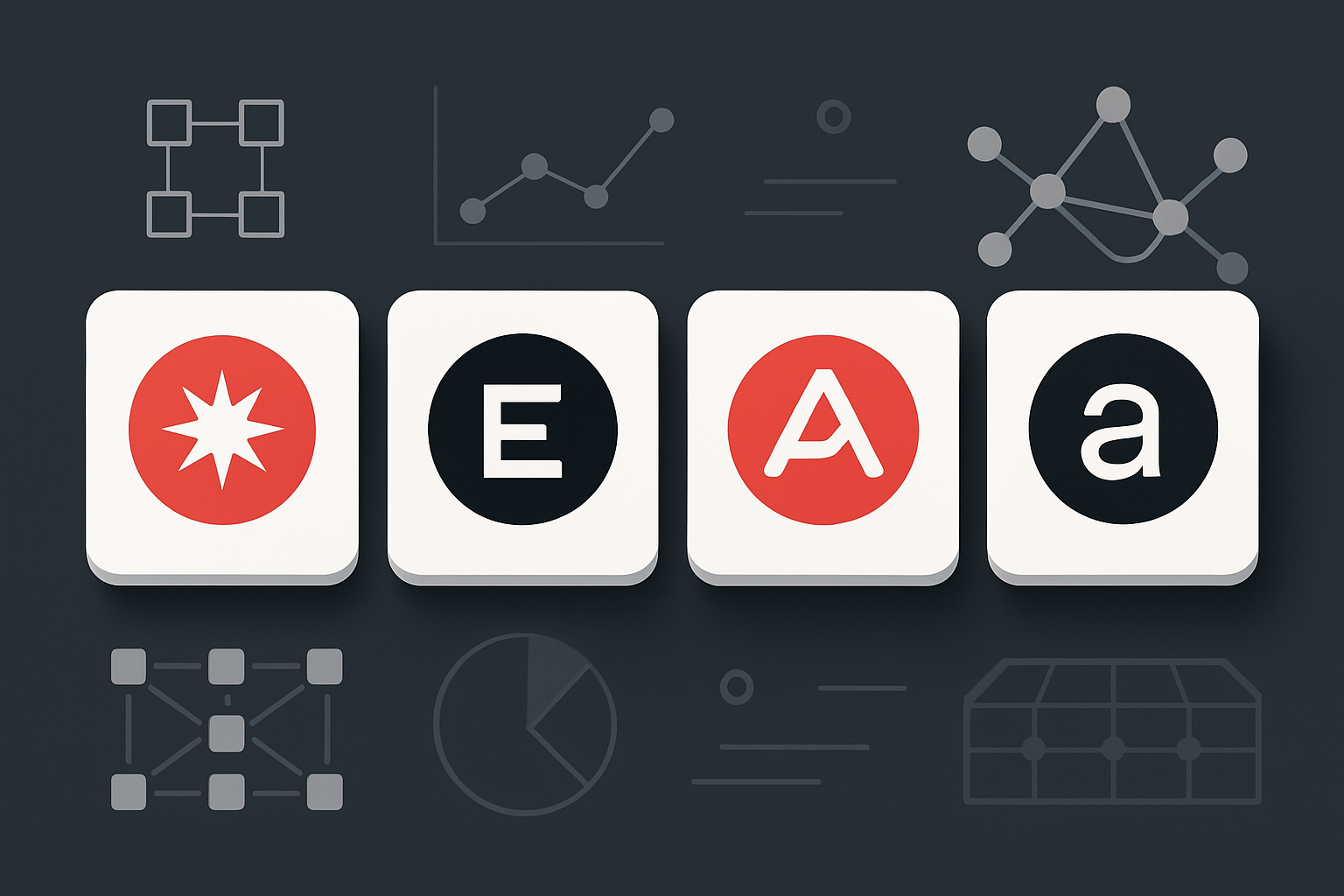
2025 has marked a pivotal shift in blockchain infrastructure: the rise of modular blockchain architecture. As monolithic chains struggle to keep up with the demands of a multichain world, modularity is proving itself not just as an efficiency upgrade but as the essential foundation for cross-chain interoperability. The decoupling of core blockchain functions, consensus, execution, and data availability, has unlocked unprecedented levels of scalability and flexibility. But perhaps most importantly, it’s enabling blockchains to communicate and collaborate in ways that were previously impossible.

Why Modular Architectures Are Winning in 2025
The limitations of monolithic blockchains have become glaringly apparent. In these systems, all processes, transaction validation, data storage, smart contract execution, are bundled together. This design leads to bottlenecks and makes upgrading or innovating any single component a daunting task. By contrast, modular blockchains separate each function into specialized layers. This structure allows developers to optimize or replace one layer (like the data availability layer) without disrupting the entire network.
This architectural leap is more than just a technical improvement; it’s a catalyst for interoperability. Standardized modules can be designed with cross-chain communication in mind from day one. For example, Celestia and Avail have made their data availability layers plug-and-play for various rollups and execution environments. As a result, new dApps can launch interoperable from inception rather than relying on fragile bridges or custom integrations.
The Engines Powering Cross-Chain Interoperability
Several leading projects are setting new standards for how blockchains interact:
- Polkadot: Its Relay Chain coordinates customizable parachains using Cross-Chain Message Passing (XCMP), enabling secure interoperability without external bridges.
- Cosmos: The Inter-Blockchain Communication (IBC) protocol lets sovereign “zones” exchange value and data while maintaining independent consensus.
- Chainlink CCIP: Facilitates cross-chain smart contract execution so decentralized apps can operate seamlessly across multiple blockchains.
- LayerZero: Delivers lightweight messaging between over 40 chains, powering omnichain NFTs and unified liquidity routing.
- Axelar and Wormhole: Both offer robust cross-chain infrastructure supporting token transfers, NFT moves, and governance messaging across dozens of networks.
Together, these protocols are weaving a fabric that connects once-isolated ecosystems into an integrated landscape, one where assets and information can flow freely while maintaining the security guarantees of their native chains.
The Security and Scalability Edge
The genius of modular architecture lies in its ability to isolate risk. When consensus is separated from execution or data availability, vulnerabilities in one module don’t automatically endanger the entire system. This compartmentalization is crucial for cross-chain operations where failures could otherwise propagate rapidly across networks. In practice, this means that if a bug arises in an execution layer or rollup plugged into Celestia or Avail’s DA layer, other chains remain unaffected, a dramatic improvement over legacy bridge solutions that often became single points of failure.
Learn more about how modular architectures solve data availability challenges here.
This separation also enables independent scaling. As transaction volumes surge, particularly with DeFi protocols leveraging multiple chains, the ability to scale consensus independently from execution ensures that no single bottleneck slows down the entire ecosystem. The result? Modular networks are handling transaction loads approaching Web2 parity without sacrificing decentralization or composability.
Real-World Impact: What Interoperable Modular Chains Enable
The implications of modular blockchain architecture for cross-chain interoperability in 2025 are profound and tangible. Developers are no longer constrained by the technical idiosyncrasies of individual chains or forced to make trade-offs between security and flexibility. Instead, they can select the best-in-class modules for consensus, execution, and data availability layers, then connect seamlessly with other networks using standardized protocols.
This new paradigm is fueling a wave of innovation across DeFi, gaming, identity, and supply chain applications. For instance, liquidity can now be routed dynamically across multiple DEXs on different chains without relying on centralized custodians or risky bridges. NFT projects are launching assets that move natively between ecosystems like Ethereum, Solana, and Arbitrum with minimal friction. Even governance processes are evolving, DAOs can coordinate cross-chain proposals and voting with unprecedented transparency and speed.
Top Use Cases Powered by Modular Blockchain Interoperability in 2025
-
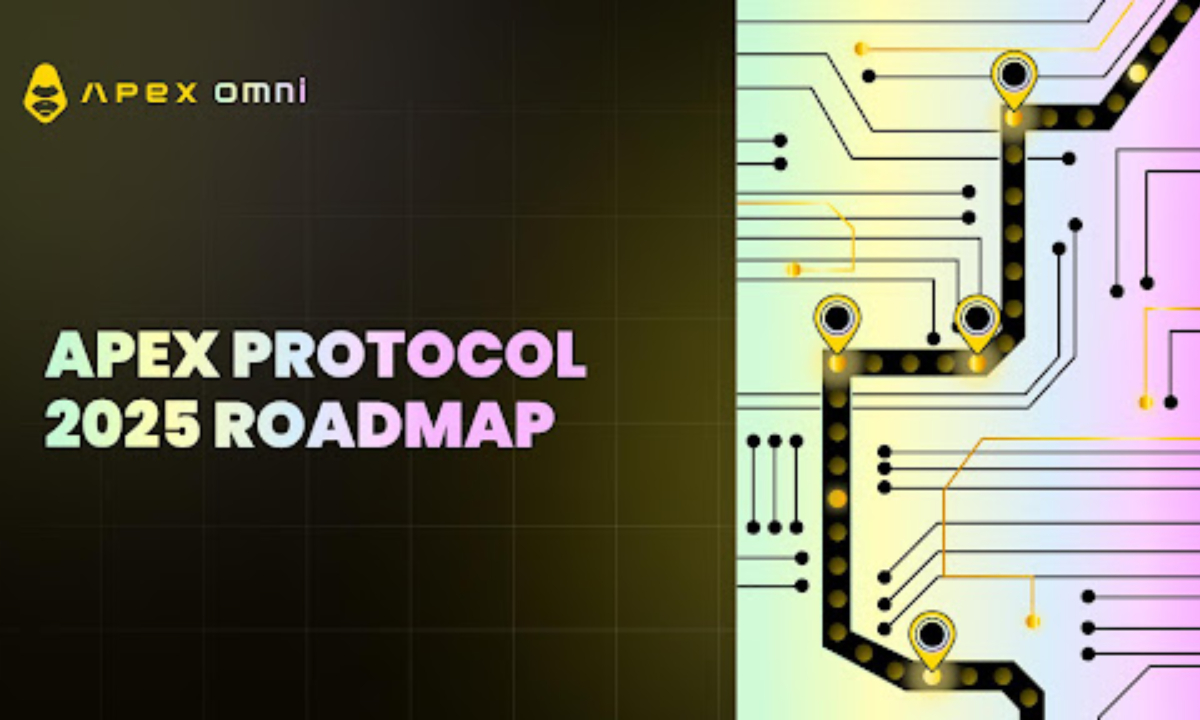
Omnichain DeFi Platforms: Modular interoperability enables decentralized finance (DeFi) applications to access liquidity and assets across multiple blockchains, allowing users to swap, lend, and borrow seamlessly without bridging risks. Platforms like Squid Router and Interchain Token Service leverage Axelar and LayerZero for unified DeFi experiences.
-

Cross-Chain NFT Marketplaces: Artists and collectors can mint, trade, and showcase NFTs across various chains, thanks to protocols like Wormhole and LayerZero. This interoperability breaks down silos, enabling true ownership and liquidity for digital assets.
-
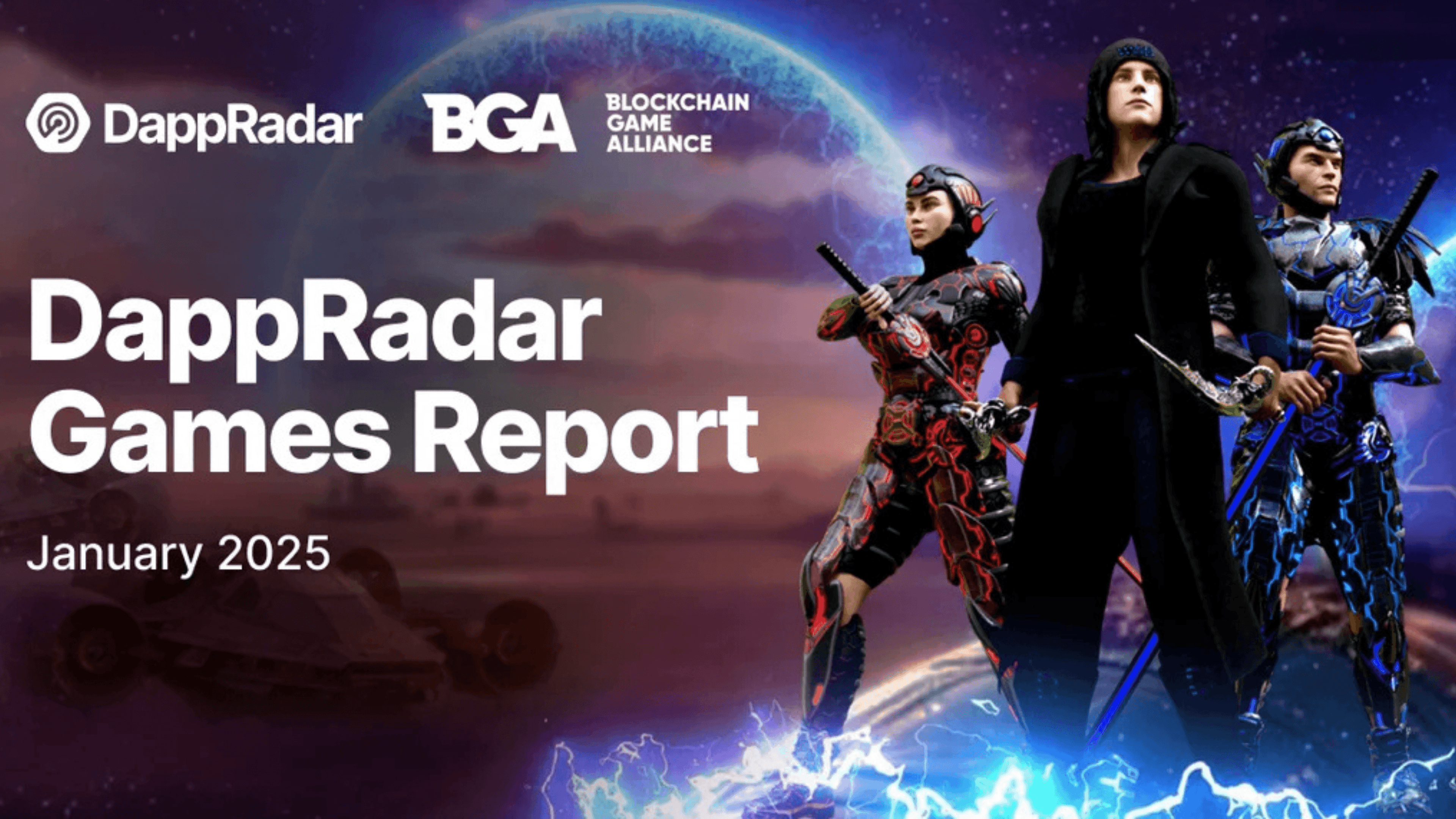
Interoperable Gaming Ecosystems: Modular blockchains empower games to utilize assets, currencies, and achievements across different networks. Projects like Cosmos and Polkadot enable players to transfer in-game items and progress between games and metaverses, fostering a unified gaming experience.
-
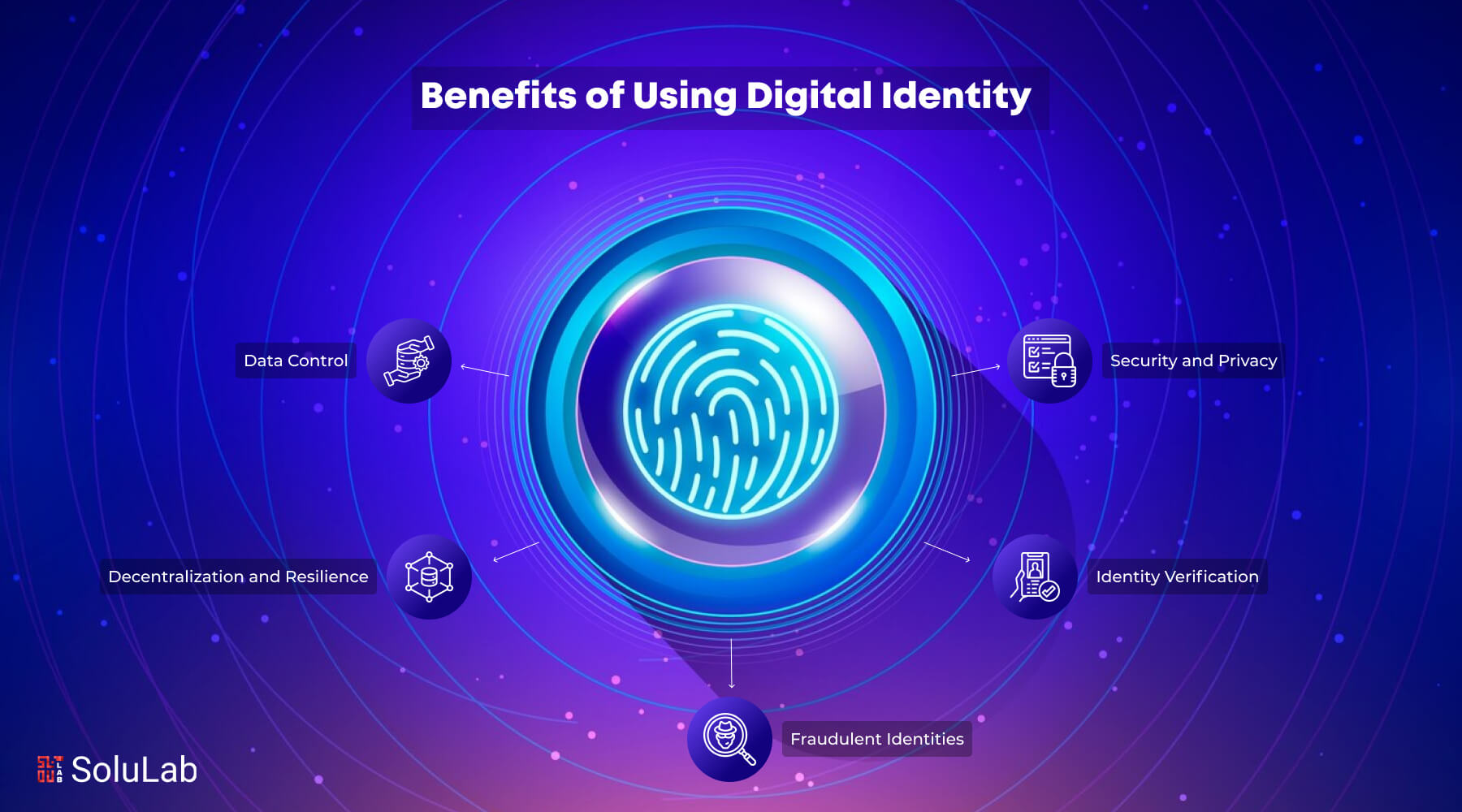
Decentralized Identity & Reputation: With cross-chain communication, users can maintain a portable, verifiable identity and reputation across ecosystems. Solutions leveraging Chainlink CCIP and Cosmos IBC ensure secure, privacy-preserving identity management for DeFi, gaming, and social platforms.
-
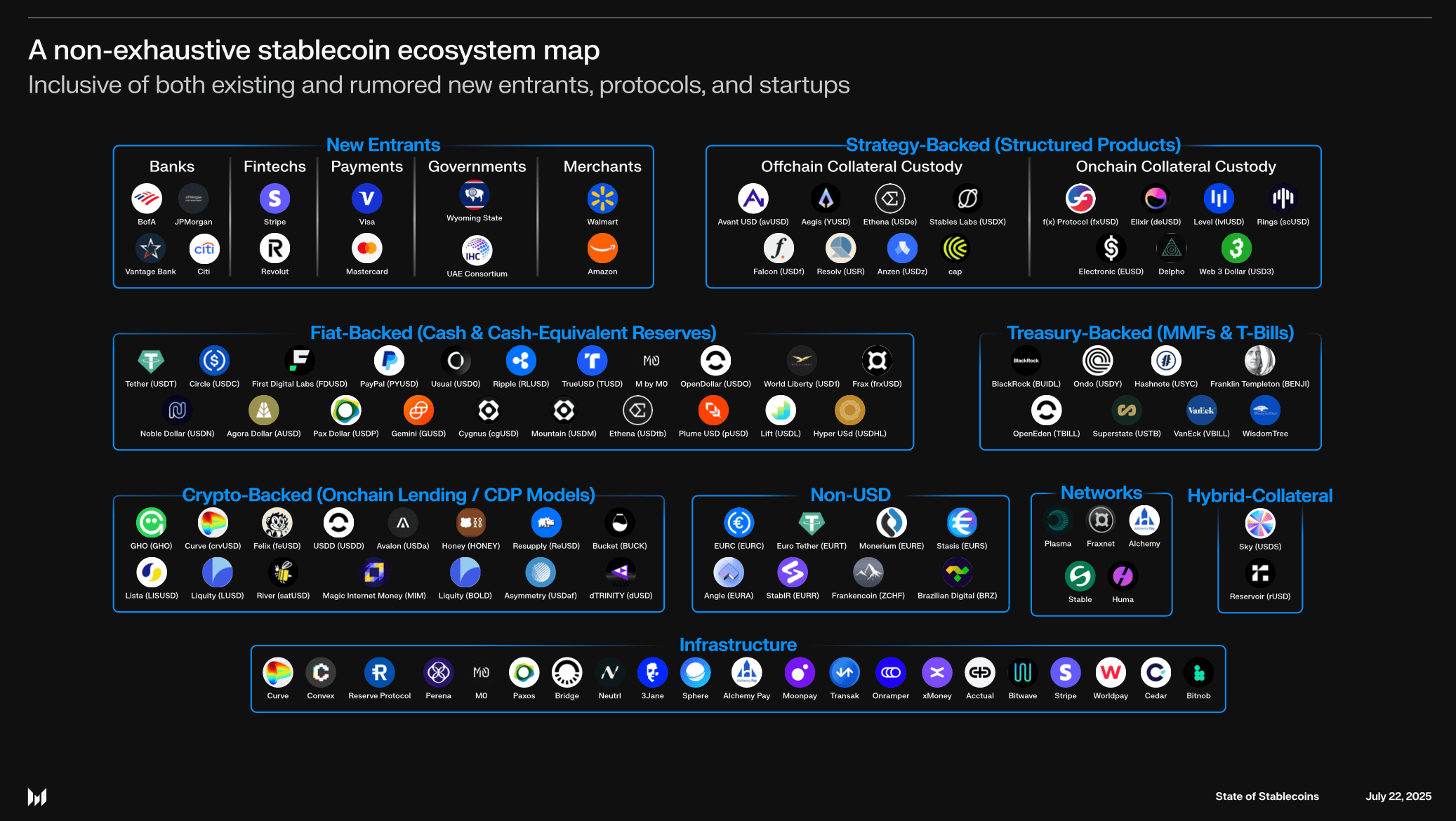
Enterprise & Institutional Settlement Networks: Financial institutions adopt modular, interoperable blockchains like Polkadot and Axelar to settle cross-chain payments, tokenized assets, and compliance data efficiently, reducing operational friction and unlocking new business models.
What’s more, users benefit from a seamless experience where wallet interfaces aggregate balances and activity across dozens of blockchains. The days of juggling multiple wallets or bridging assets through opaque intermediaries are fading fast as modular DA solutions mature.
Key Challenges: Standardization and UX Still Matter
Despite these advances, the journey toward fully interoperable blockchains isn’t without obstacles. Standardization remains an ongoing challenge. While protocols like IBC and LayerZero have made significant headway, true plug-and-play compatibility across all networks requires further alignment on message formats, security guarantees, and upgradeability.
User experience is another critical frontier. As more chains become interconnected under the hood, UI/UX must abstract away complexity without sacrificing control or transparency. Projects that solve this, delivering intuitive cross-chain dApps that feel as smooth as single-chain ones, will capture outsized mindshare in the coming years.
Looking Ahead: The Modular Multichain Future
The momentum behind modular architectures is unstoppable because it aligns incentives for both developers and users: greater flexibility for builders; lower costs and better experiences for end-users; enhanced security for everyone involved. As we approach 2026, expect to see even tighter integration between execution layers (like rollups), innovative specialized chains, and universal data availability modules.
This evolution will drive new economic models, think protocol-native MEV markets spanning multiple chains or reputation systems aggregating user history across networks, all powered by the connective tissue of modular DA solutions. The next generation of decentralized applications will be inherently multichain from day one.
If you’re building or investing in web3 infrastructure today, betting on monolithic designs is increasingly risky. The winners will be those who understand how to leverage modularity not just for technical gains but as a strategic advantage in an ever-expanding blockchain universe.



